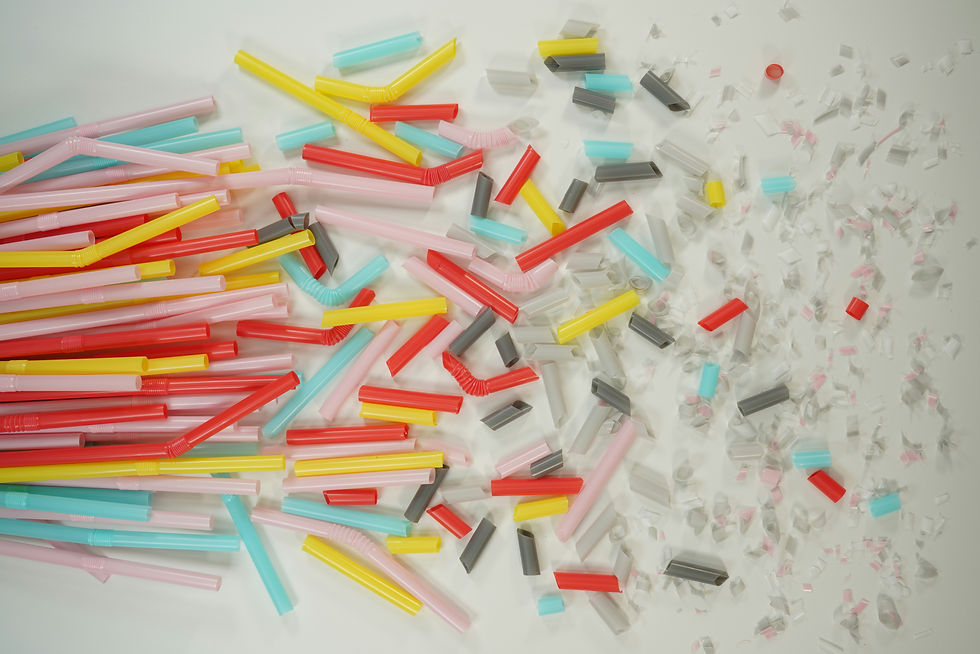Newsletter #24: Dirty Dozen/ Clean Fifteen
- Admin
- Aug 5
- 2 min read
July 2025
The Dirty Dozen and Clean Fifteen
Summer is here! Warm days, outdoor adventures, and lots of fresh fruits and vegetables. While fruits and vegetables are clearly among the healthiest things you can eat, there are some caveats. In today's environment, many healthy foods can contain not-so-healthy toxins. The following are two lists worth keeping, along with some suggestions for keeping your foods as healthy as possible.
The Dirty Dozen and Clean Fifteen are lists published annually by the Environmental Working Group (EWG) based on testing by the U.S. Department of Agriculture (USDA) and Food and Drug Administration (FDA). These lists help consumers identify which fruits and vegetables tend to have the highest and lowest levels of pesticide residues, respectively.
DIRTY DOZEN (2025 list)
These are the 12 fruits and vegetables with the highest pesticide residues, even after washing and peeling.
Spinach
Strawberries
Kale, collard and mustard greens
Grapes
Peaches
Cherries
Nectarines
Pears
Apples
Blackberries
Blueberries
Potatoes
Common Toxins Found:
Organophosphates: Linked to developmental issues in children and neurological effects.
Carbendazim (fungicide): A possible endocrine disruptor.
Neonicotinoids: Associated with harm to pollinators, and possibly to human brain development.
Permethrin: A neurotoxin that may also increase cancer risk with long-term exposure.
CLEAN FIFTEEN (2025 list)
These are the 15 fruits and vegetables with the lowest pesticide residues.
Pineapple
Sweet corn (fresh and frozen)
Avocados
Papaya
Onions
Sweet peas (frozen)
Asparagus
Cabbage
Watermelon
Cauliflower
Bananas
Mangoes
Carrots
Mushrooms
Kiwi
Why They Rank Low:
Many have thick skins or peels that are removed before eating.
Some are less prone to pests, requiring fewer pesticides.
Others have natural resistance to fungi and insects so fewer pesticides are used




Comments